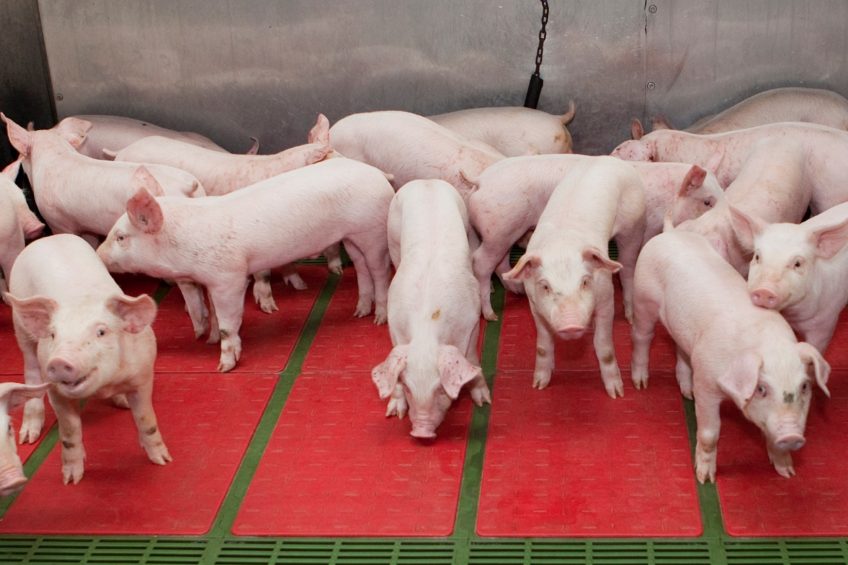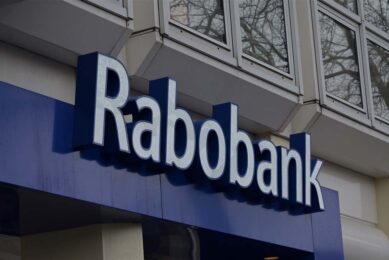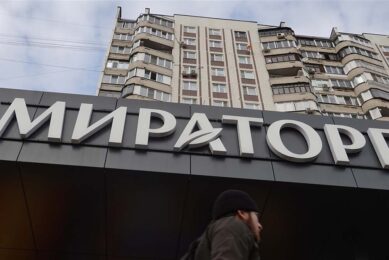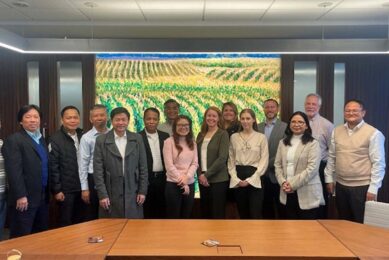Irish pig industry facing difficult times

The pig industry in Ireland may be relatively small in a European context, yet its problems are identical to elsewhere. Its future has become uncertain of late.
Ireland does not have too many swine producers, probably around 200 with all in all about 150,000 sows. The relatively small size is threatened in its existence. According to Tom Hogan, chairman of the Pigs Committee at the Irish Farmers Association, the swine producers lose about € 3,500 per week on average – a situation that would not be sustainable in the long run.
Detailed info on swine farm performance
Last month, the Irish Agriculture and Food Development Authority, Teagasc, published its National Pig Herd Performance Report 2017, which gave detailed information about the performance on 107 swine farms with all in all 77,000 sows. The number of investigated farms was only 4 lower than in 2016, but almost 20 lower than 2015.
On average, the swine producers participating in the 2017 research had 728 sows, with numbers varying from 100 to over 2,200. The number of litters was on average 2.36 per year with 13.5 liveborn pigs. An average slaughterweight (deadweight) of 84.6 kg led to 2,285 of kg pork per sow per year, for which 3.56 kg feed was used per kg meat.
Irish pork producers have stepped up productivity
In recent years, Irish pork producers have been able to gradually step up productivity despite difficult times. In 2011, the total amount of pork produced per sow per year was 1,889 kg, about 2 years later the 2,000 kg threshold was taken and now it is at 2,285 kg. This equals a production increase of 11% in only 6 years’ time, with last year’s jump of 5% meaning the biggest step.
A similar tendency can be extracted from export figures of Irish pork, which grew by 14% last year, according to the Irish Food Board, Bord Bia, to over € 712 million. This growth represents a much stronger growth than e.g. the more important beef sector.

Learn more about the long-term picture for Ireland in the World of Pigs tool
Current times look depressing for swine producers
Nevertheless, the current times do look a look more depressing, Mr Hogan said. He did point out that pig prices have barely increased in recent months whereas the costs have grown very rapidly. In a press release on the website of the Irish Farmers Association, he recalled that prices had been more or less stable at € 1.40/kg after a series of decreases late 2017 and early 2018. Production costs however are around € 1.50/kg, he added.
He said, “With the price at € 0.10 below the basic cost of production, an 83 kg pig carcass is losing over € 8. For the average Irish unit, this is resulting in a real loss of € 3,500 every week at current production figures.”
He continued to say, “Pig farmers are no strangers to price volatility, and the pig industry is exposed to the world commodity market that fluctuates naturally. The perspectives, however, are what we are truly worried about, after 6 months of losses. Higher feed costs, increasing labour costs, labour availability becoming scarce and the continued increase in worldwide pork production are all combining to keep costs rising – with no significant pig price rise in sight.”
 Beheer
Beheer








 WP Admin
WP Admin  Bewerk bericht
Bewerk bericht